Home>Home Maintenance>When Buying A House, Who Is Responsible For Repairs From The Home Inspection: Buyer Or Seller?
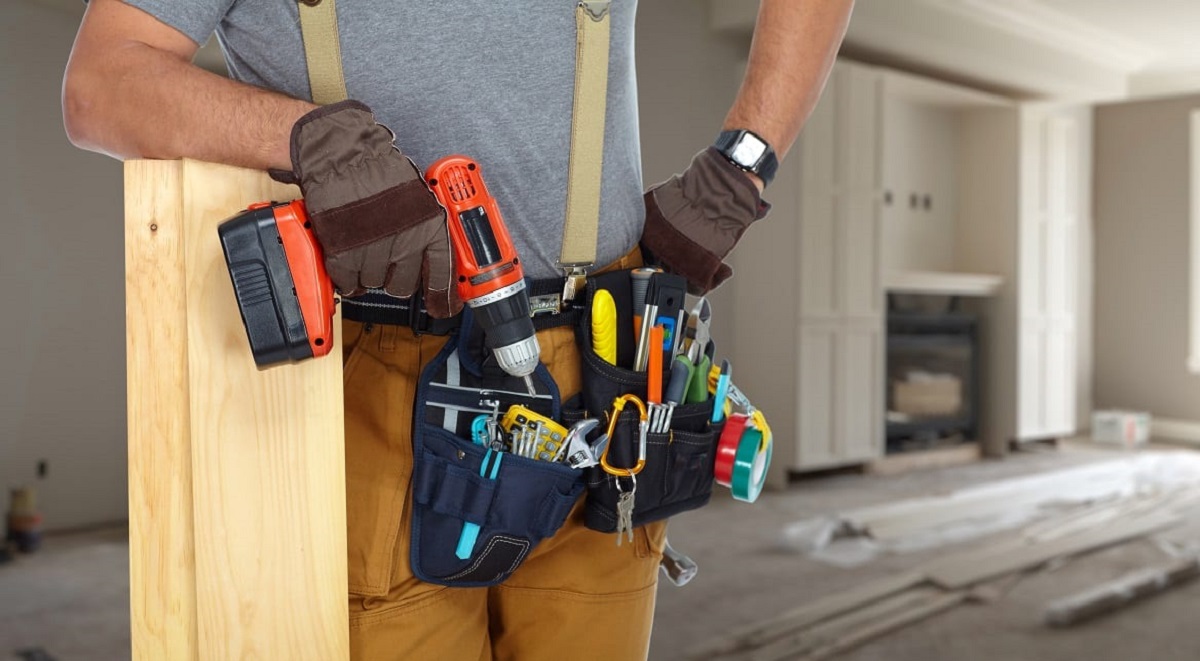

Home Maintenance
When Buying A House, Who Is Responsible For Repairs From The Home Inspection: Buyer Or Seller?
Modified: March 6, 2024
Discover who is responsible for repairs after a home inspection: the buyer or the seller? Get insights on home maintenance before purchasing your house.
(Many of the links in this article redirect to a specific reviewed product. Your purchase of these products through affiliate links helps to generate commission for Storables.com, at no extra cost. Learn more)
Introduction
When buying a house, one of the crucial steps in the process is a home inspection. A home inspection is a comprehensive examination of the property’s condition, structure, and systems, conducted by a professional inspector. This inspection report provides valuable insights into any potential issues or repairs needed in the house.
The question often arises as to who is responsible for the repairs identified in the home inspection report: the buyer or the seller? The answer largely depends on various factors, including the terms negotiated in the purchase agreement and the laws and regulations of the specific jurisdiction.
In this article, we will delve deeper into the responsibilities of both the buyer and the seller in terms of repairs identified in the home inspection report. Understanding these responsibilities will ensure a smooth transaction process and help prevent potential conflicts between the parties involved.
Key Takeaways:
- Buyers should carefully review the home inspection report, request repairs for major issues, and ensure the repairs are completed to their satisfaction. Open communication and diligence are essential for a successful home buying process.
- Sellers must disclose known defects, negotiate repair requests, make agreed-upon repairs, and provide documentation. Collaboration and timely action help maintain trust and facilitate a smooth transaction.
The Importance of Home Inspections
Home inspections are an essential part of the home buying process. They provide buyers with an opportunity to thoroughly assess the condition of the property before finalizing the purchase. This is crucial as it helps identify any hidden issues or potential problems that could affect the safety, functionality, or value of the house.
A professional home inspector examines various elements of the property, including the structural integrity, electrical systems, plumbing, HVAC (heating, ventilation, and air conditioning) systems, roof, insulation, and more. Through their expertise, they can detect defects, deficiencies, or safety concerns that may not be visible to an untrained eye.
By investing in a home inspection, buyers gain peace of mind and can make informed decisions. The inspection report helps paint a complete picture of the property’s condition, allowing buyers to evaluate any risks or potential expenses related to repairs or maintenance. This knowledge enables them to negotiate effectively with the seller and ensure that they are making a sound investment.
Additionally, home inspections serve as a valuable educational tool for buyers. Inspectors often provide insights into the proper functioning and maintenance of various systems within the house. They can offer recommendations on improving energy efficiency, preventing future issues, and extending the lifespan of different components.
It is worth noting that home inspections are not intended to be a guarantee of perfection. Even in well-maintained homes, there may still be minor issues or areas for improvement. However, the insights gained from the inspection empower buyers to make informed decisions and prioritize repairs or renovations based on their budget and long-term goals.
For sellers, having a pre-listing home inspection can also be beneficial. By addressing any known issues or making necessary repairs before putting the house on the market, sellers can increase its appeal to potential buyers and potentially avoid lengthy negotiation processes later on.
In summary, home inspections play a vital role in the home buying process by providing buyers with a comprehensive assessment of the property’s condition. They help buyers understand the potential repairs or maintenance needed, allowing for informed decision-making and ensuring a smooth transaction process.
Understanding the Home Inspection Report
Once the home inspection is complete, the inspector will provide a detailed report outlining their findings. Understanding the home inspection report is crucial for both buyers and sellers in determining who is responsible for repairs.
The home inspection report typically includes a comprehensive overview of the property’s condition, highlighting any areas of concern or potential issues. It may contain descriptions, photographs, and even recommendations for further evaluation or repairs.
Here are some key elements to consider when interpreting the home inspection report:
- Major and Minor Issues: The report will often distinguish between major issues that require immediate attention and minor issues that are more of a cosmetic or maintenance nature. Major issues can include structural defects, safety hazards, or significant system malfunctions. Minor issues may include small leaks, worn-out fixtures, or general wear and tear.
- Disclosure of Deficiencies: The report will disclose any deficiencies found during the inspection, including those related to the electrical, plumbing, HVAC, or structural systems. Pay close attention to these disclosures, as they can impact the safety and functionality of the property.
- Estimates and Recommendations: In some cases, the report may provide estimated costs for repairs or replacements. This information can be helpful in understanding the extent of the necessary repairs and assessing their potential financial impact. Additionally, the inspector may offer recommendations for further evaluation or specialist inspections, such as a separate roof or pest inspection.
- Timelines and Prioritization: The home inspection report may indicate the urgency or timeline for addressing certain issues. It’s important to carefully review this information to determine which repairs should be prioritized to ensure the safety and integrity of the property.
It’s crucial for both buyers and sellers to review the home inspection report thoroughly. For buyers, this helps in negotiations and understanding the potential costs associated with repairs. Sellers benefit from understanding the issues that may arise during negotiations or impact the marketability of the property.
If there are any aspects of the report that are unclear or require further clarification, it is essential to reach out to the inspector for additional information. An experienced inspector will be able to provide insights and address any questions related to the report.
Next, we will discuss the negotiation process for repairs based on the findings in the home inspection report.
Negotiating Repair Requests
Once the home inspection report has been received and reviewed, the buyer has the option to request repairs or remedies for any issues identified. This process is typically done through negotiation between the buyer and seller, with the guidance of their respective real estate agents or attorneys.
Here are some important considerations when negotiating repair requests:
- Prioritizing Major Issues: When preparing repair requests, it is important to focus on major issues that affect the safety, functionality, or habitability of the property. These may include issues such as a leaky roof, faulty electrical wiring, plumbing problems, or structural deficiencies. Prioritizing major issues demonstrates a genuine concern for the property’s condition and increases the likelihood of a successful resolution.
- Being Reasonable and Realistic: It is essential to approach repair negotiations with a reasonable and realistic mindset. Understanding that no house is perfect and that some wear and tear is to be expected can help facilitate productive discussions. Prioritize repairs that will have a significant impact on the functionality or value of the property, rather than focusing on purely cosmetic or minor issues.
- Obtaining Multiple Quotes: In some cases, repair requests may involve significant costs. To ensure fairness and avoid disputes, it may be beneficial to obtain multiple quotes from qualified contractors or specialists. This allows for an objective assessment of the repair costs and helps avoid overpricing or underestimating the required repairs.
- Considering Seller’s Limitations: It’s important to take into account the seller’s financial limitations when negotiating repair requests. Sellers may not be able to address all repair requests fully, especially if they are selling the property in as-is condition or have limited resources. Open communication and flexibility can help find a middle ground that satisfies both parties.
- Alternative Remedies: Instead of requesting specific repairs, buyers may explore alternative remedies, such as seller credits or monetary concessions, to offset the cost of repairs. These alternatives can be negotiated to ensure that both parties are satisfied with the resolution.
Remember, negotiation is a collaborative process where both parties should aim for a fair and mutually beneficial outcome. It is important to maintain clear and open communication throughout the negotiation process, with the goal of reaching an agreement that satisfies both the buyer’s concerns and the seller’s limitations.
Next, we will discuss the responsibilities of both the buyer and the seller when it comes to repairs identified in the home inspection report.
The responsibility for repairs from a home inspection typically falls on the seller. However, this can be negotiated in the purchase agreement, so it’s important to discuss this with your real estate agent before finalizing the deal.
Buyer’s Responsibility for Repairs
When it comes to repairs identified in the home inspection report, the buyer’s responsibility is largely determined by the terms negotiated in the purchase agreement and the laws and regulations of the specific jurisdiction. In general, the buyer typically has the following responsibilities:
- Reviewing the Inspection Report: The buyer is responsible for thoroughly reviewing the home inspection report and identifying any issues that they deem significant or requiring attention. It is crucial to carefully assess the report in order to understand the scope and potential costs of the repairs.
- Making Repair Requests: Based on the findings in the home inspection report, the buyer has the right to request repairs or remedies from the seller. This is typically done through negotiation and may involve prioritizing major issues and being reasonable and realistic in the repair requests.
- Hiring Qualified Professionals: If the buyer and seller agree on repairs that are the buyer’s responsibility, the buyer is responsible for hiring qualified professionals to carry out the repairs. It is important to choose reputable contractors or specialists who have the necessary expertise to address the specific issues identified in the inspection report.
- Ensuring Completion of Repairs: Once the repairs have been agreed upon and the buyer is responsible for them, it is the buyer’s responsibility to ensure that the repairs are completed to their satisfaction. This may involve regular communication with the contractors and inspections to verify the quality and completion of the work.
- Verifying the Effectiveness of Repairs: After the repairs have been completed, the buyer should verify that the issues identified in the home inspection report have been effectively addressed. This may involve re-inspection or testing if necessary to ensure that the repairs have resolved the identified issues.
It is important for buyers to be proactive and diligent in fulfilling their responsibilities for repairs. This includes proper due diligence in reviewing the inspection report, effective communication during the negotiation process, and thorough oversight of the repair work.
However, it is worth mentioning that the buyer’s responsibility for repairs may vary depending on the specific circumstances, local laws, and terms agreed upon in the purchase agreement. It is advisable for buyers to consult with their real estate agent or attorney for guidance on their specific rights and responsibilities.
Next, we will discuss the responsibilities of the seller when it comes to repairs identified in the home inspection report.
Seller’s Responsibility for Repairs
When it comes to repairs identified in the home inspection report, the seller’s responsibility is primarily determined by the terms negotiated in the purchase agreement and the laws and regulations of the specific jurisdiction. In general, the seller typically has the following responsibilities:
- Disclosure of Known Defects: Sellers have a responsibility to disclose any known defects or issues with the property to the buyer. This disclosure should be done in good faith and provide accurate and comprehensive information about the property’s condition.
- Negotiating Repair Requests: When the buyer requests repairs based on the findings in the home inspection report, the seller has the responsibility to engage in negotiation and respond to the requests in a timely manner. This may involve considering the buyer’s concerns, assessing the reasonableness of the requests, and collaborating to find a mutually acceptable solution.
- Making Agreed-upon Repairs: If the buyer and seller reach an agreement on particular repairs, the seller is responsible for making those repairs before the closing of the sale. This includes hiring qualified professionals or contractors to carry out the repairs to the buyer’s satisfaction.
- Providing Documentation of Repairs: Sellers should maintain proper documentation and provide evidence of any repairs they have made as per the negotiated agreements. This documentation can include receipts, invoices, warranties, or any other relevant paperwork that demonstrates that the repairs were completed.
- Ensuring Compliance with Legal Requirements: Depending on the jurisdiction, sellers may also have a responsibility to comply with local building codes or regulations. If certain repairs or modifications are necessary to meet these requirements, the seller is generally responsible for addressing them.
It is important for sellers to fulfill their responsibilities for repairs in a timely and satisfactory manner. This helps to maintain trust and a good working relationship with the buyer, ensuring a smooth transaction process. Failure to address repair requests adequately may potentially jeopardize the sale or lead to disputes and legal complications.
However, it is worth mentioning that the seller’s responsibility for repairs may vary depending on the specific circumstances, local laws, and terms agreed upon in the purchase agreement. Sellers should consult with their real estate agent or attorney for guidance on their specific rights and responsibilities.
In the next section, we will discuss cases where buyers and sellers may decide to split the cost of repairs.
Cases When Buyers and Sellers Split the Cost of Repairs
In some cases, buyers and sellers may agree to split the cost of repairs identified in the home inspection report. This can occur when both parties recognize the need for repairs but are unable to reach a consensus on who should bear the entire responsibility. Here are some common situations where buyers and sellers may opt to split the cost:
- Deferred Maintenance: If the inspection report reveals that the property has significant deferred maintenance issues, both the buyer and seller may agree to share the cost of bringing the property up to a certain standard. This could include repairs to the roof, plumbing, electrical systems, or other components that have been neglected or are in need of immediate attention.
- Shared Upgrades: There may be instances where the buyer desires certain upgrades or renovations to the property that go beyond what is deemed necessary based on the inspection report. In such cases, the buyer and seller might agree to split the cost of these improvements, taking into account the potential increase in the property’s value or the buyer’s personal preferences.
- Negotiated Settlement: In some situations, buyers and sellers may not be able to agree on the full extent of the repairs or the allocation of responsibility. As a compromise, they may reach a negotiated settlement where both parties contribute towards the cost of repairs, allowing the sale to proceed without further delays or disputes.
- Cost-sharing Agreement: Buyers and sellers may also enter into a formal cost-sharing agreement, where they agree in writing on the specific repairs that are to be split and the respective percentage of costs each party will bear. This agreement helps establish clear expectations and avoids disagreements down the line.
- Mutual Benefit: In certain cases, repairs may benefit both the buyer and the seller. For example, addressing a structural issue or fixing a major system malfunction can contribute to the overall marketability and value of the property. In such instances, buyers and sellers may agree to share the cost of repairs to achieve a mutually beneficial outcome.
It is important to note that the specific terms of the cost-sharing arrangement should be clearly defined in the purchase agreement or an addendum. This ensures that both parties understand their responsibilities and protects them from potential disputes or disagreements in the future.
When considering a cost-sharing arrangement, it is advisable for buyers and sellers to consult with their respective real estate agents or attorneys to ensure that the agreement is fair, reasonable, and legally binding.
Next, we will conclude the article by summarizing the key points discussed.
Conclusion
When buying a house, the home inspection plays a crucial role in assessing the property’s condition and identifying any necessary repairs or maintenance. Understanding the responsibilities of both the buyer and the seller in addressing these repairs is essential for a smooth and successful transaction.
Buyers have the responsibility of thoroughly reviewing the home inspection report, making repair requests, and ensuring that repairs are carried out to their satisfaction. They should also be proactive in hiring qualified professionals and verifying the effectiveness of the repairs.
Sellers, on the other hand, have the responsibility of disclosing known defects, negotiating repair requests with the buyer, making agreed-upon repairs before closing, and providing documentation of the repairs.
In some cases, buyers and sellers may agree to split the cost of repairs, particularly when it comes to deferred maintenance, shared upgrades, or negotiated settlements. A formal cost-sharing agreement should be established to clearly outline the specific repairs and the percentage of costs borne by each party.
Throughout the process, open communication, reasonable expectations, and a collaborative approach are key to successful negotiations and a positive outcome for both buyers and sellers.
Remember, it’s important for buyers and sellers to consult with their real estate agents or attorneys to fully understand their rights and responsibilities in relation to repairs identified in the home inspection report. Local laws and regulations may also have an impact on the repair process.
By navigating the repair process with knowledge and understanding, buyers and sellers can ensure that any necessary repairs are addressed, leading to a smooth transition into a new home and a successful real estate transaction.
Frequently Asked Questions about When Buying A House, Who Is Responsible For Repairs From The Home Inspection: Buyer Or Seller?
Was this page helpful?
At Storables.com, we guarantee accurate and reliable information. Our content, validated by Expert Board Contributors, is crafted following stringent Editorial Policies. We're committed to providing you with well-researched, expert-backed insights for all your informational needs.

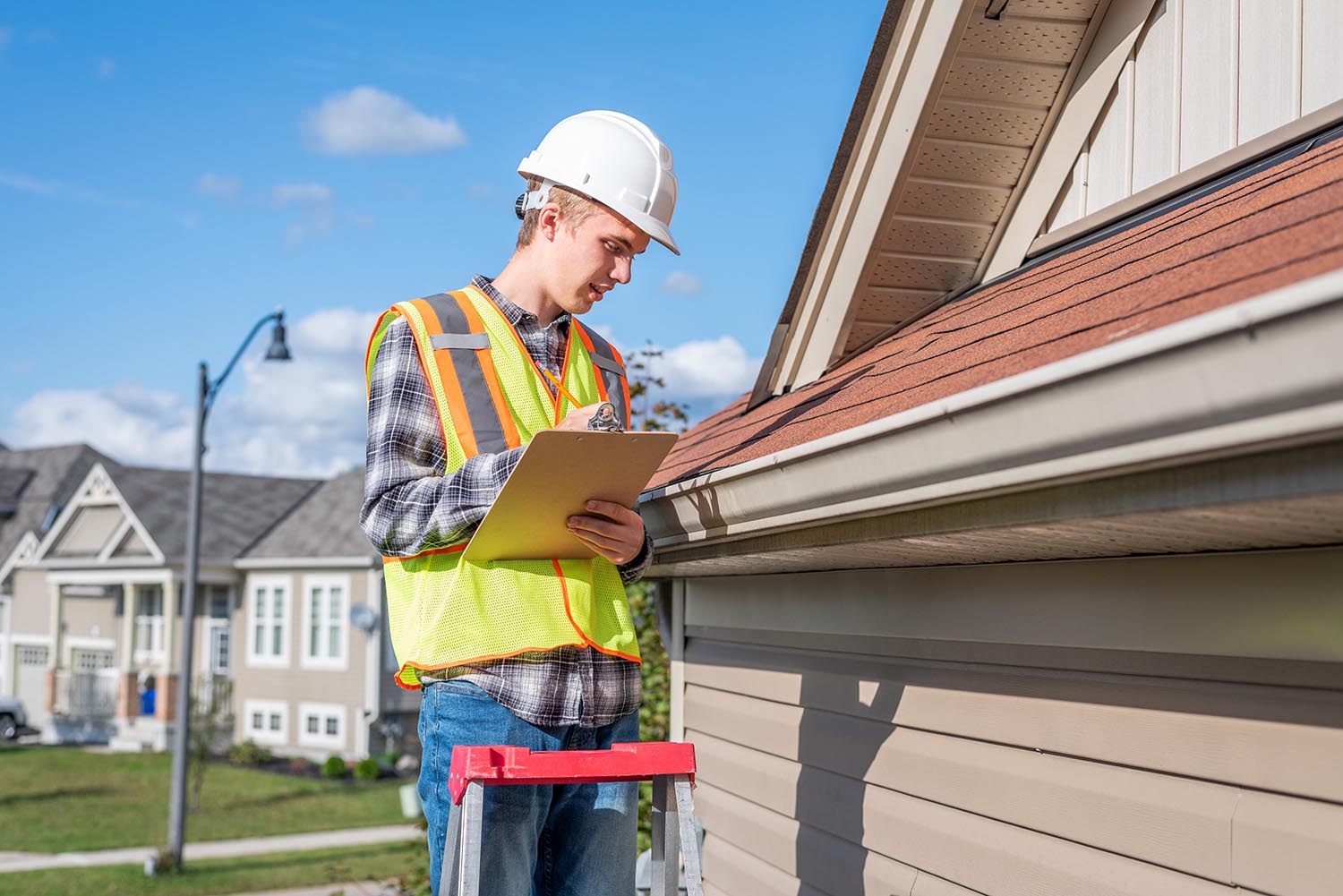
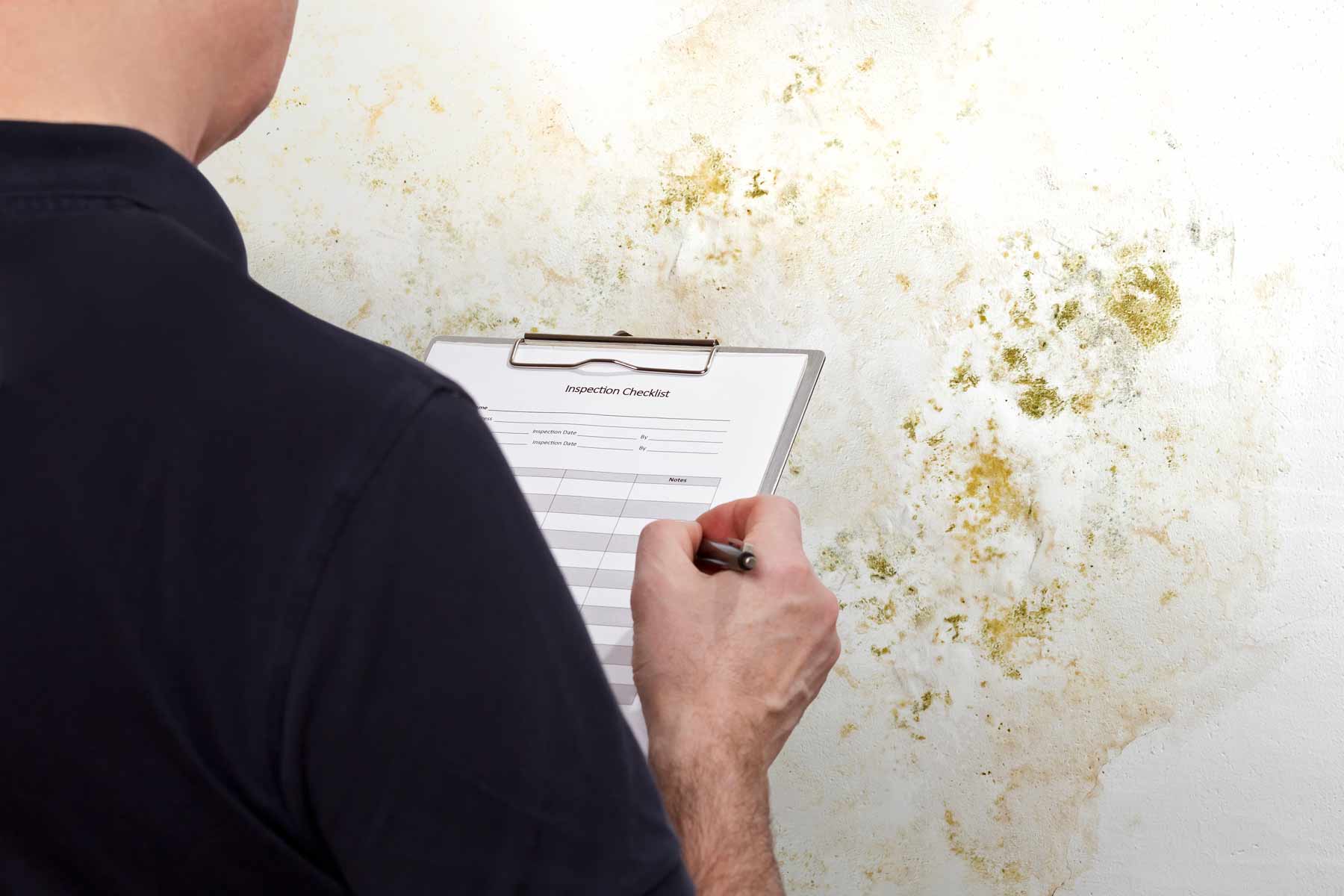
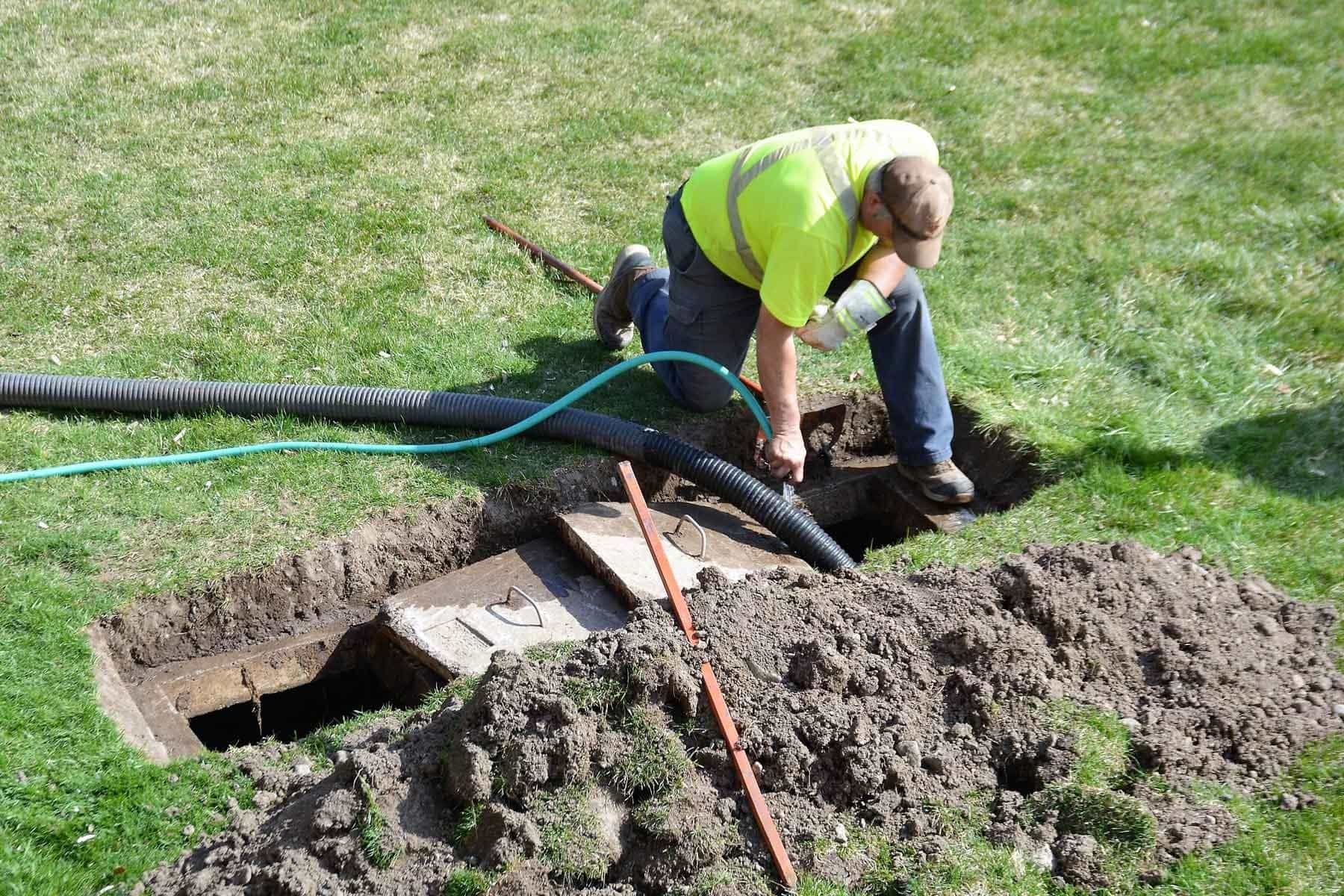
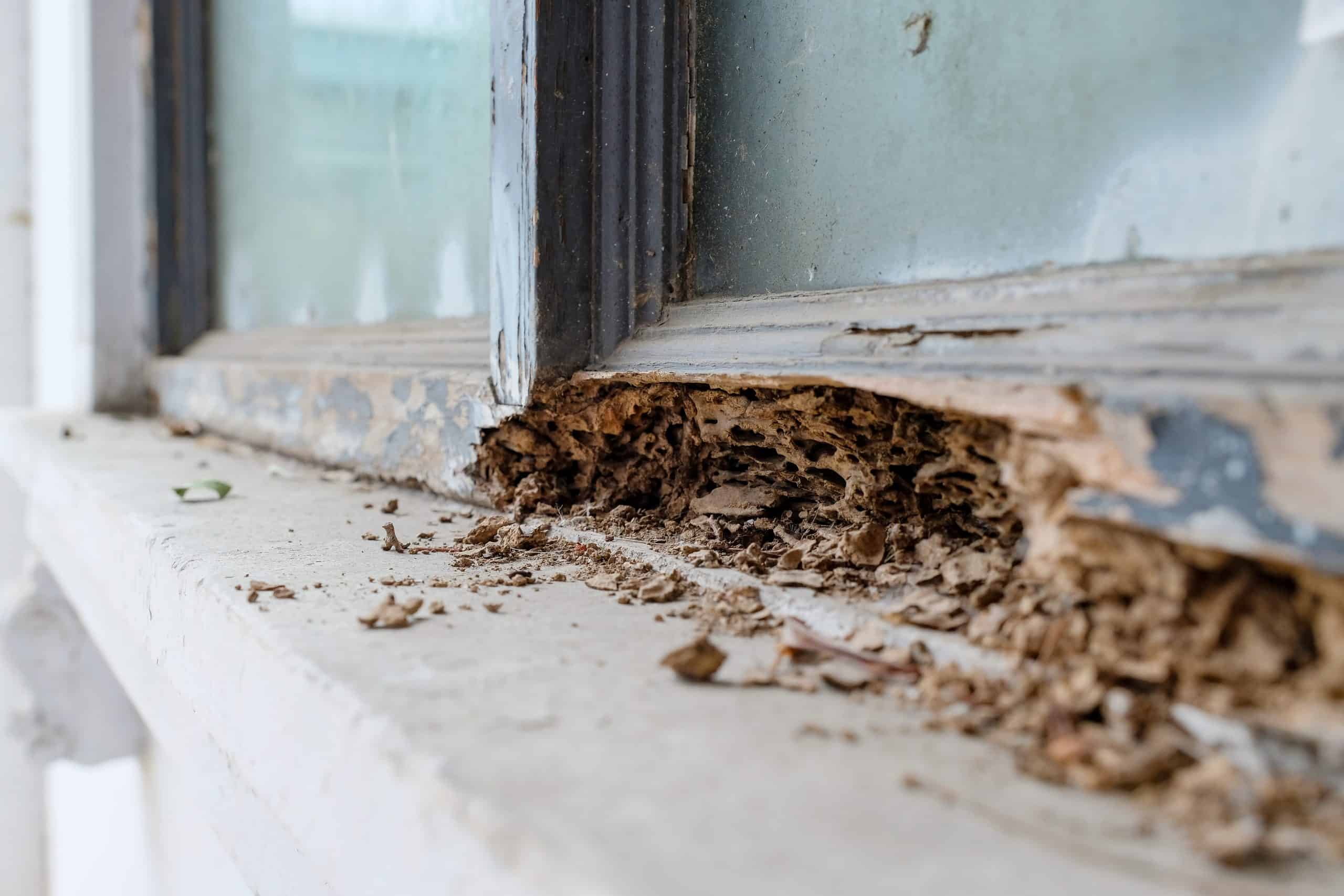
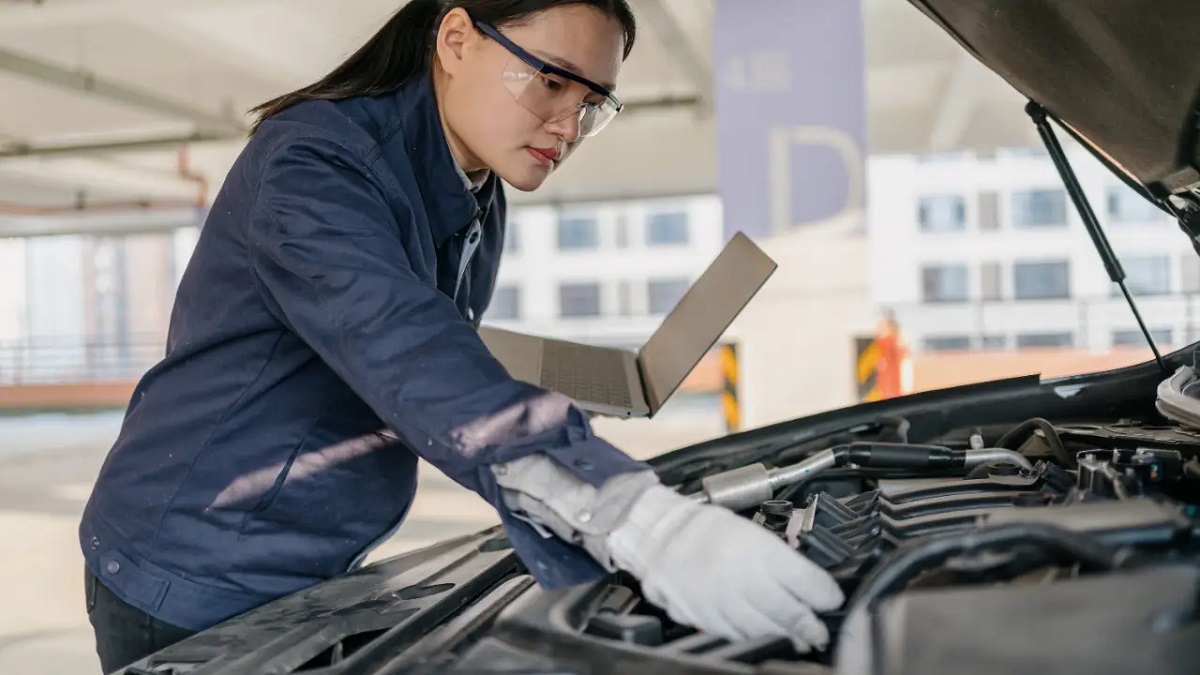

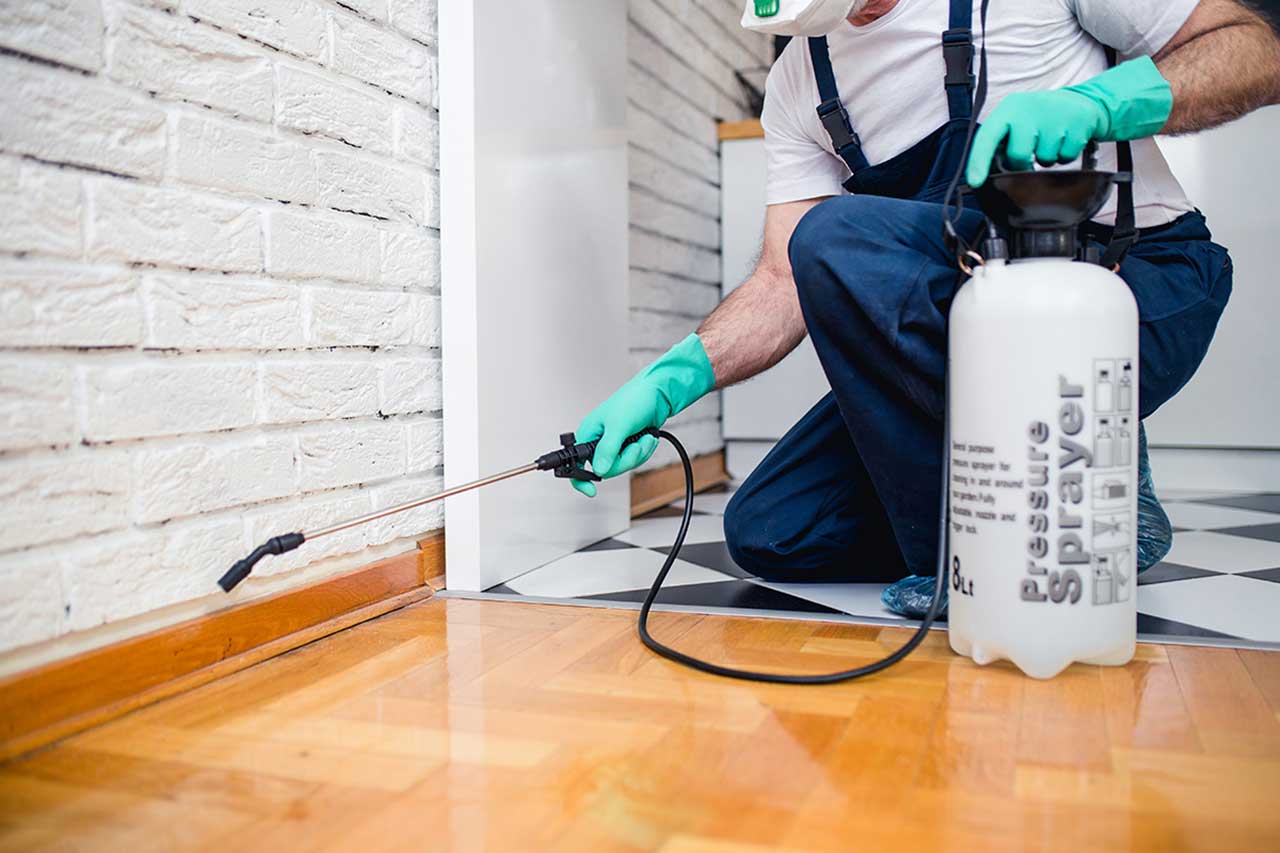

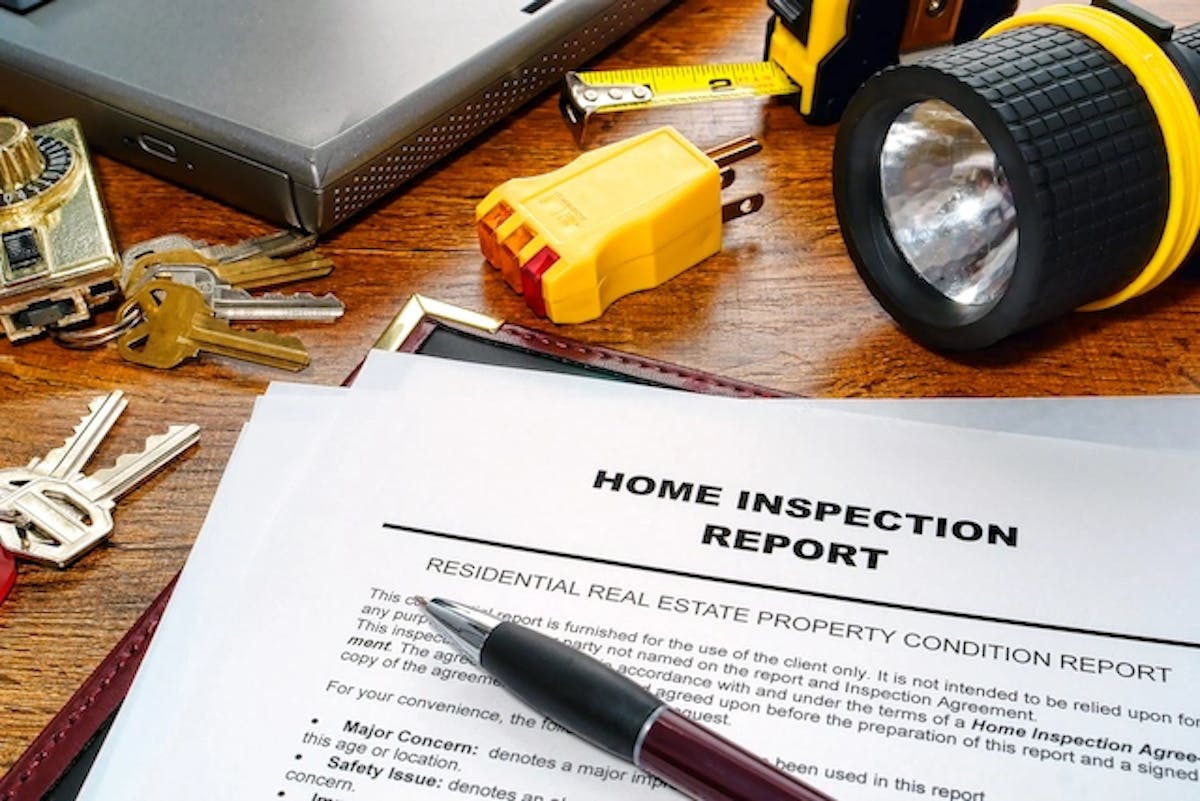


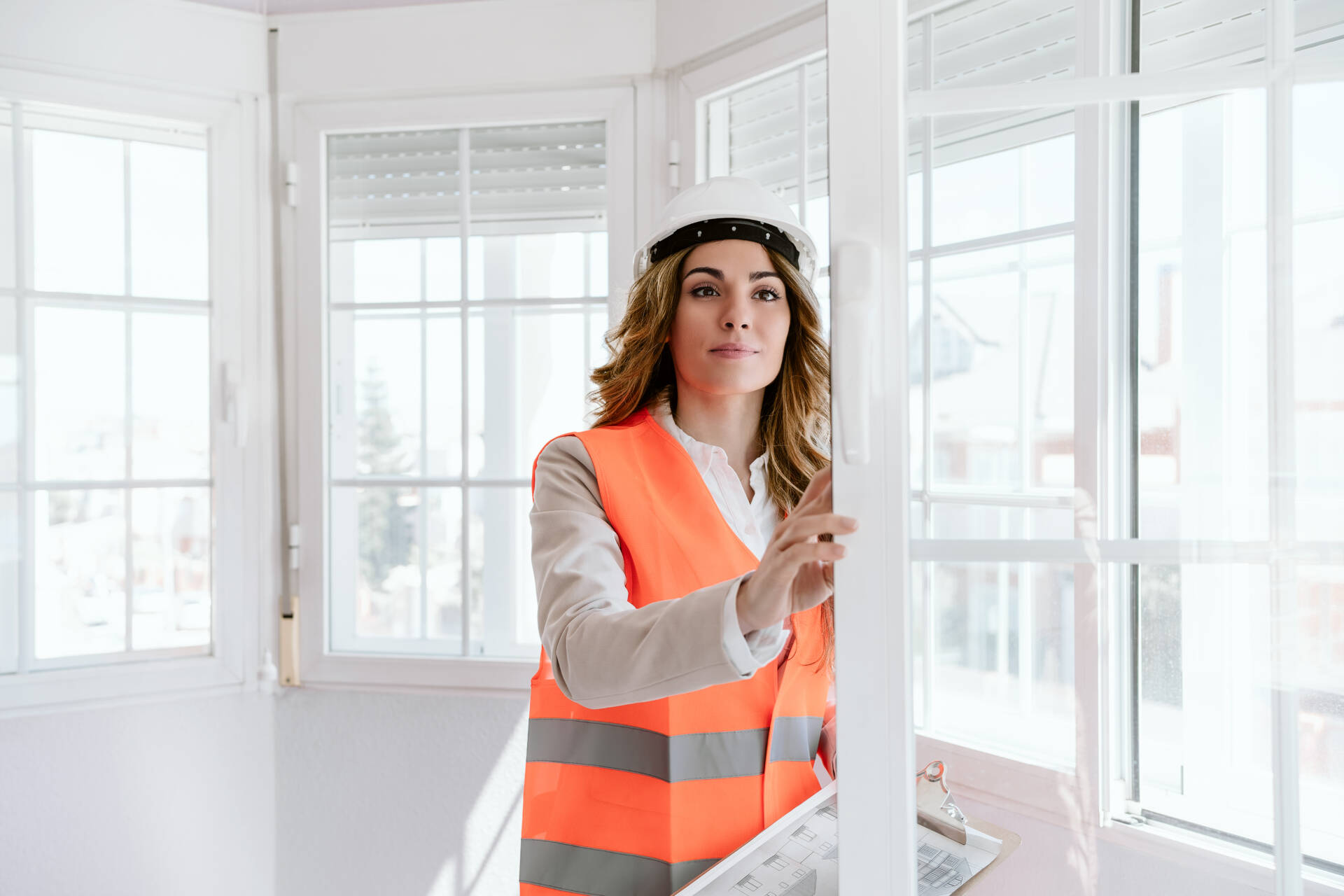
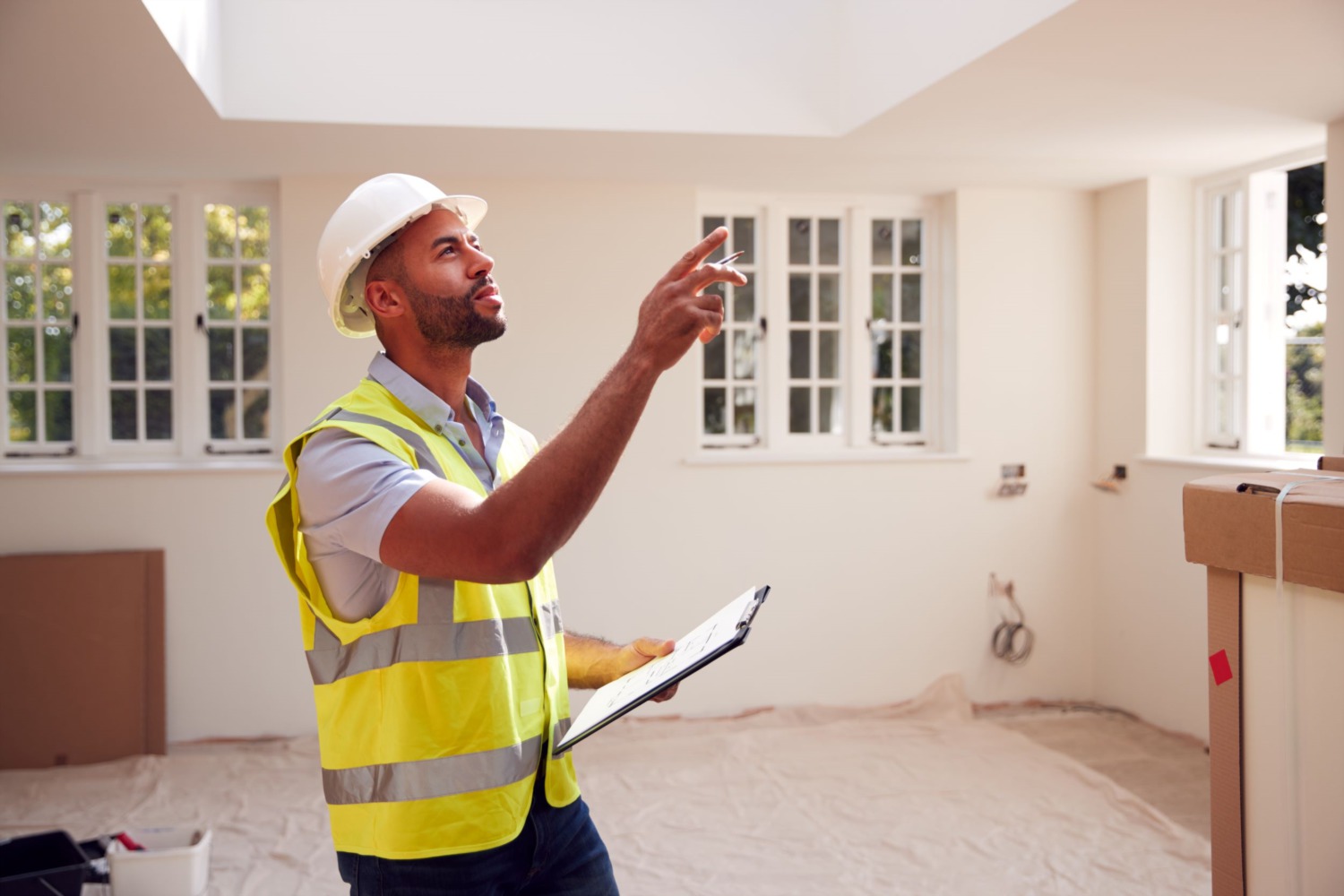

0 thoughts on “When Buying A House, Who Is Responsible For Repairs From The Home Inspection: Buyer Or Seller?”